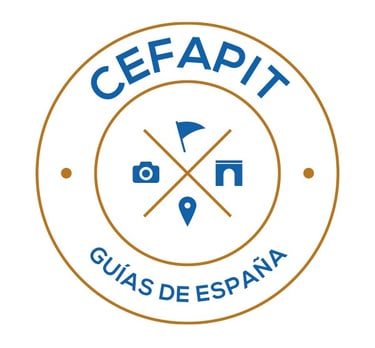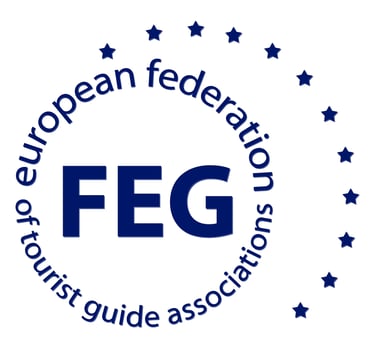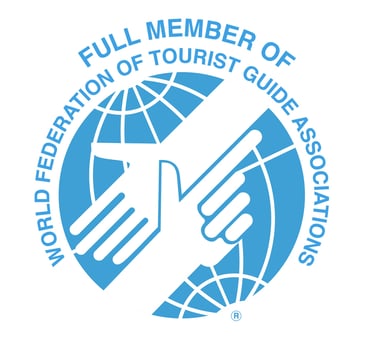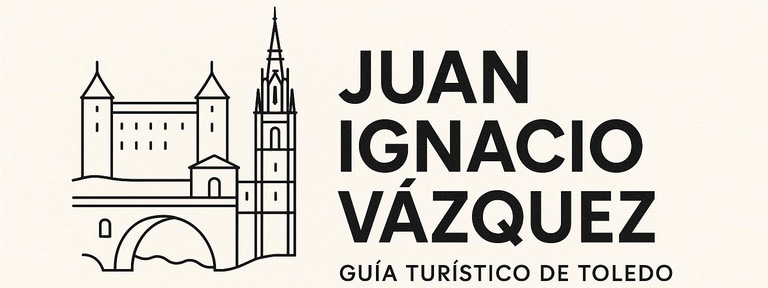Walks
Explore Toledo with our guided tours in multiple languages.
BASIC TOLEDO
Basically, this route crosses the entire historic center from the city center to one end of the Jewish quarter. This way, the entire Historic Center of Toledo is covered, passing through its most special streets and corners.
The route includes some of the most important sites in Toledo, such as the Cathedral, located in the middle of the historic enclosure, which stands as a great example of Gothic architecture, enriched over time with elements from many other styles. Inside, visitors can enjoy a very important art collection, including paintings, sculptures, and goldsmith work.
The tour continues to what was once Toledo’s Jewish neighborhood, where you can visit the Synagogue of Santa María la Blanca, a living example of the Jewish presence in Toledo and a result of history itself. The interior also retains features from when it was a Christian temple, resembling the inside of a mosque.
The route ends at the end of Reyes Católicos street with the Monastery of San Juan de los Reyes, conceived as the mausoleum of the Catholic Monarchs. Visitors see both the magnificent church with its ornamentation when no religious celebrations are taking place and the impressive two-level cloister.
In addition to the guide fee for this visit, the price of admission to the mentioned monuments must be added if you wish to enter: the Cathedral, the Synagogue of Santa María la Blanca, and the Monastery of San Juan de los Reyes.
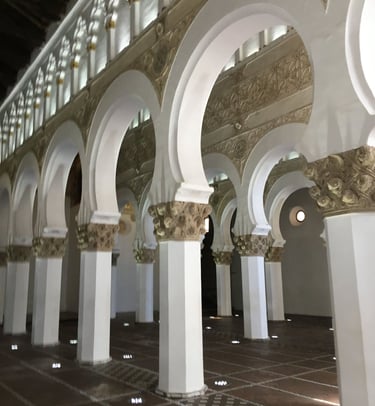

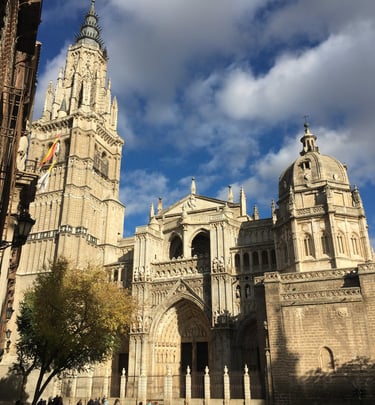

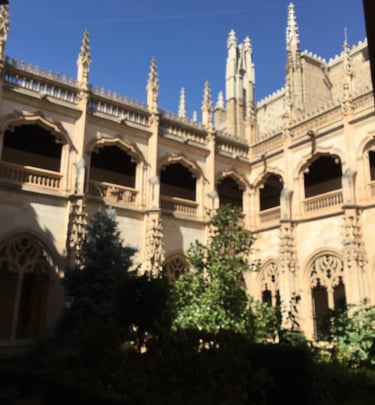

THREE CULTURES IN TOLEDO
This is a walking tour prepared to discover some of the most emblematic sights of the three religions that lived together for almost eight centuries in this city.
On the hand of the Moslem world we wisit the Mosque of Cristo de la Luz. This is the oldest complete construction still standing in the city, dating from the 10th century. After the Reconquest of Toledo one absid was added and it was converted to a Christian temple.
The best example of all the Christian buildings in the city is its Cathedral, the Primate Cathedral of Spain. It will be also visited in this tour.
Finally, in the Jewish quarter we’ll visit the Synagogue of Santa María la Blanca. It is one example of the three cultures, because it was designed by Muslims for Jews and then was used by Christians.
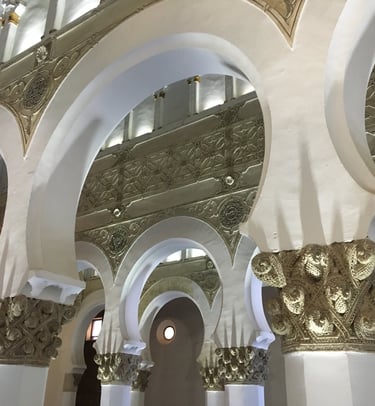

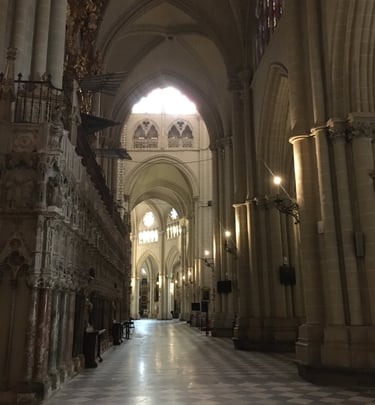

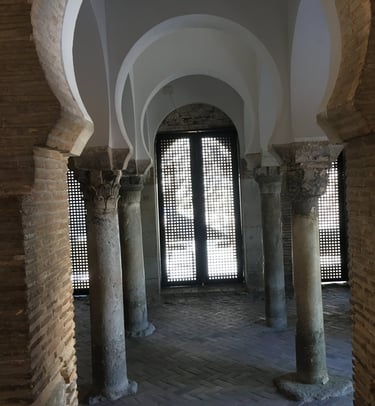

EL GRECO IN TOLEDO
El Greco is one of the most renowned artists in Toledo. This Cretan, born in 1540 or 1541, after spending time in Italy, arrived in this city, where he stayed for nearly the rest of his life and created much of his work.
That’s why almost every museum in Toledo—and not only in Toledo—takes pride in having at least one Greco piece in their collection.
From all these, a selection will be made of the places that reflect the crucial moments and works of the painter for various reasons.
At the Convent of Santo Domingo el Antiguo, several of his works can be found, although some have been replaced by reproductions over time. This site marks both the beginning and the end of El Greco’s time in Toledo, as the altarpiece in the convent church’s apse features the first canvases he painted upon arriving in Toledo, and it is also where the artist was buried.
In a chapel at the foot of the Church of Santo Tomé, you’ll find what is considered his masterpiece: The Burial of the Count of Orgaz. This work is regarded as one of the greatest paintings in art history.
This tour should also include the Cathedral, as its Sacristy displays a large collection of El Greco’s paintings, alongside works by other renowned artists. Highlights include a complete Apostolate, The Tears of Saint Peter, and The Disrobing of Christ.
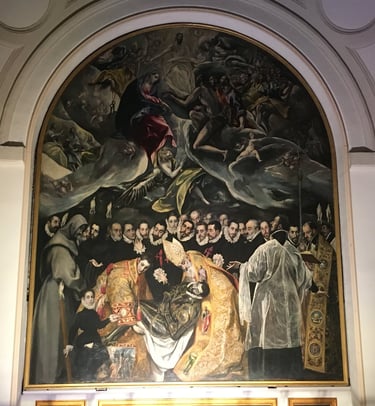

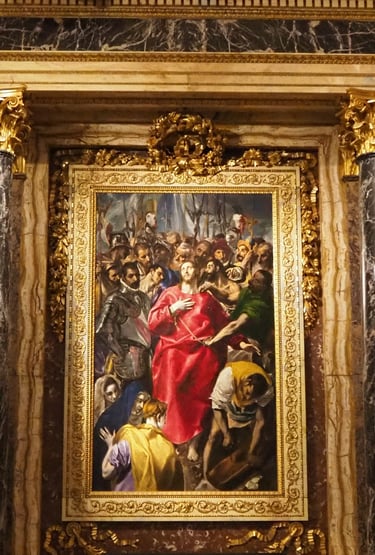

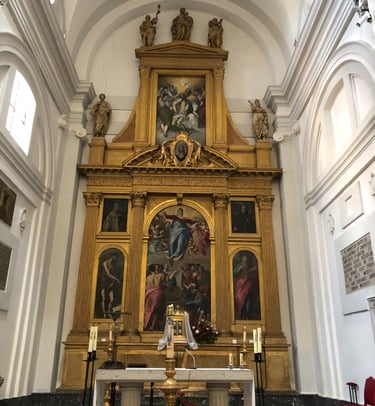

LEYENDS OF TOLEDO
This tour is also designed for those who prefer not to enter museums and instead enjoy a walking tour passing by the city’s exteriors without going into much historical or artistic detail. It’s perfect to do at the end of the afternoon or even at night.
Obviously, the main sites will be mentioned as we pass by them, but the focus is more on taking a stroll supported less by history and more by traditions, legends, and curiosities.
During this walk, you will pass through narrow streets and plazas of the city—small, lesser-known corners rather than the usual points of interest. Stepping away from the artistic routes, we enter an area full of stately mansions and palatial houses, as well as numerous convents. Some of these are currently closed or serve other purposes, but we can still walk through plazas and streets that house religious communities within their walls. This area preserves most of the few remaining covered passageways still found in the city.
Many legends and traditions stem from the beliefs and experiences of the people of this city. Some of these have been recorded in our literature by poets such as Bécquer, who will inevitably be referenced during the visit.
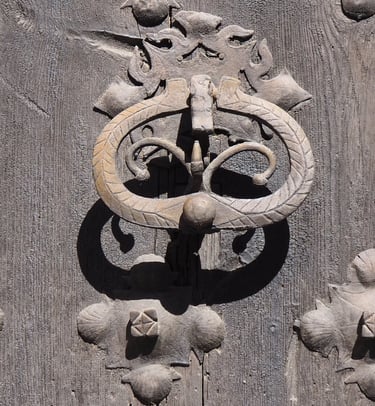

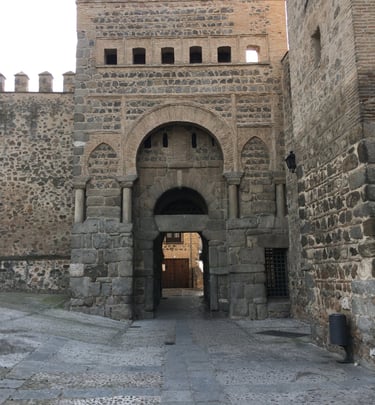

YOUR TOUR
Of course, the most interesting thing is to make the visit that each person wants, depending on what they like most or what interests them.
Take a look at the list of monuments, which includes not only the most well-known museums but almost everything you can visit in Toledo: churches, convents, mosques, synagogues, gates, bridges, Roman ruins, Arab baths, archaeological remains, and the latest restorations and enhancements by the Toledo Consortium.
You can send me an email with what interests you the most, and I can prepare a visit that includes all of it.
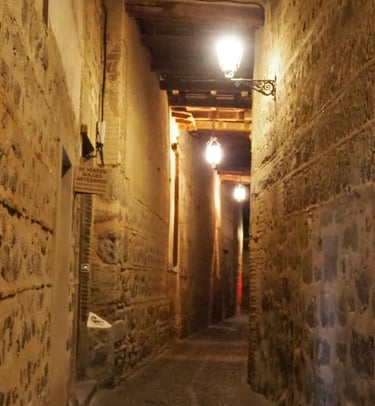

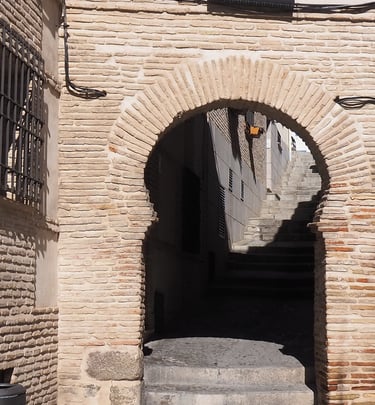

Contact
juanguiatoledo@hotmail.com
+34-608178926
© 2025. All rights reserved.
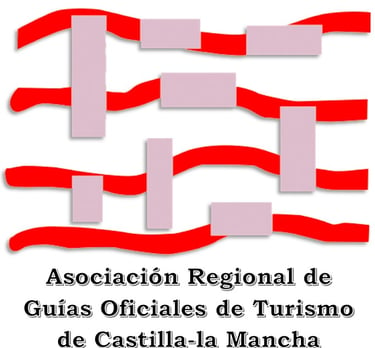

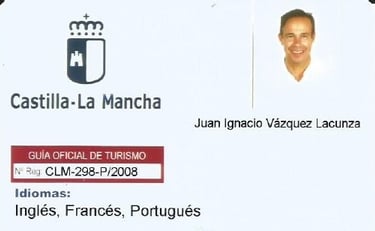

MEMBER OF:
